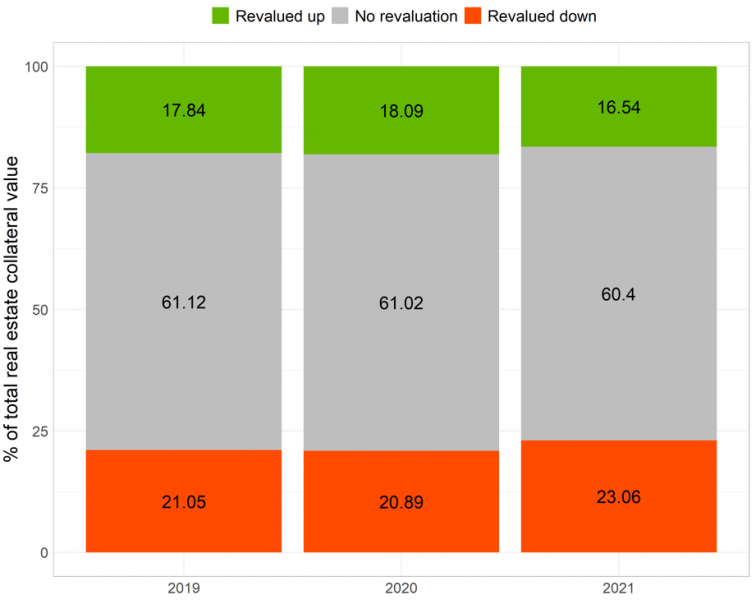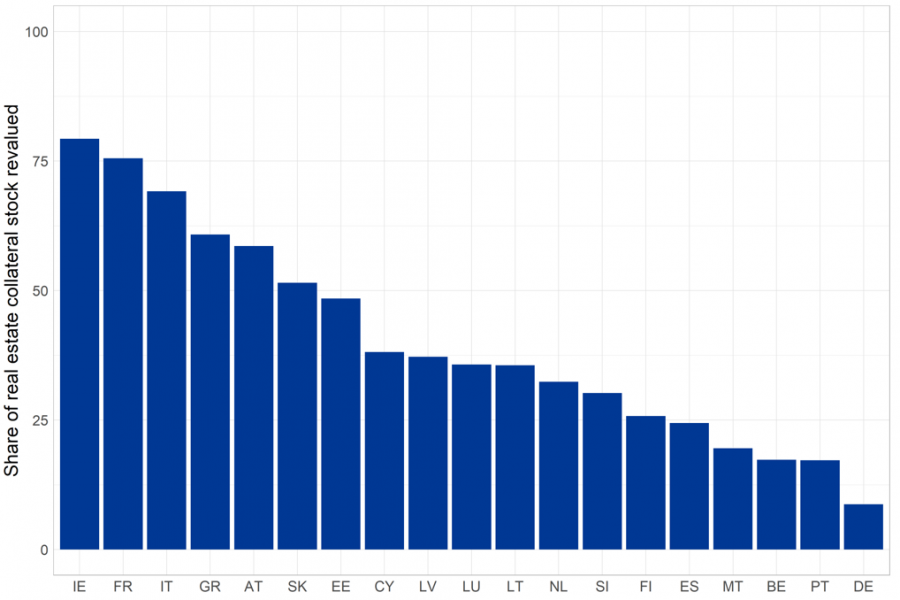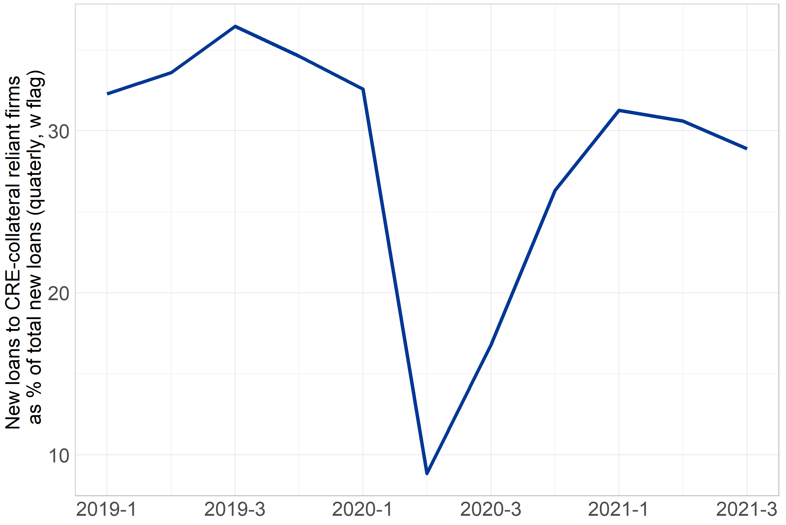References
Bernanke, Ben and Mark Gertler, “Agency Costs, Net Worth, and Business Fluctuations,” The American Economic Review, 1989, 79 (1), 14–31.
Chaney, Thomas, David Sraer, and David Thesmar, “The Collateral Channel: How Real Estate Shocks Affect Corporate Investment,” American Economic Review, May 2012, 102 (6), 2381–2409.
Khwaja, Asim and Atif Mian, “Tracing the Impact of Bank Liquidity Shocks: Evidence from An Emerging Market,” American Economic Review, 08 2008, 98, 1413–42.




